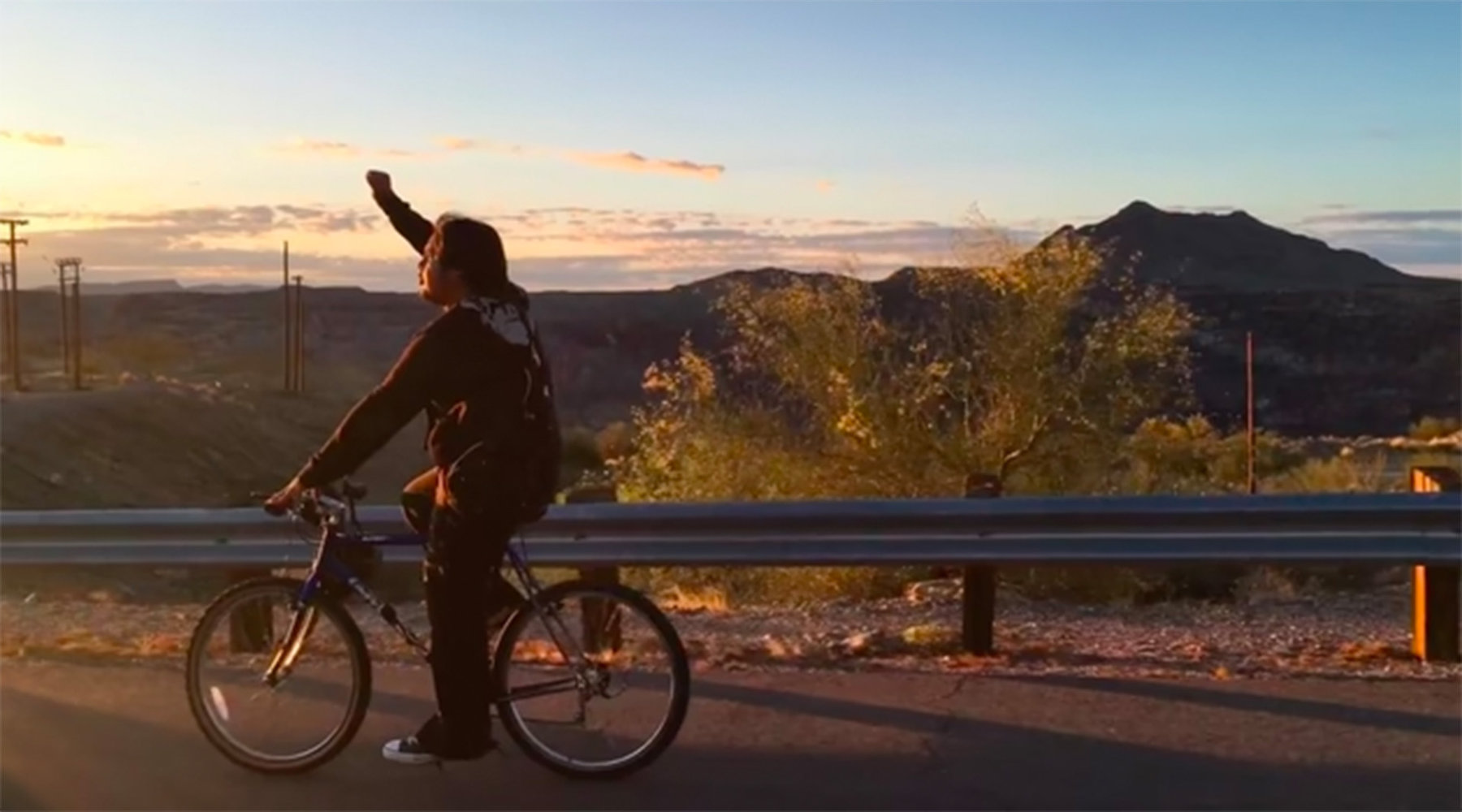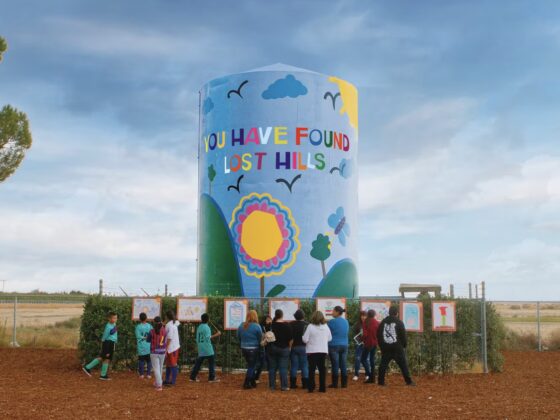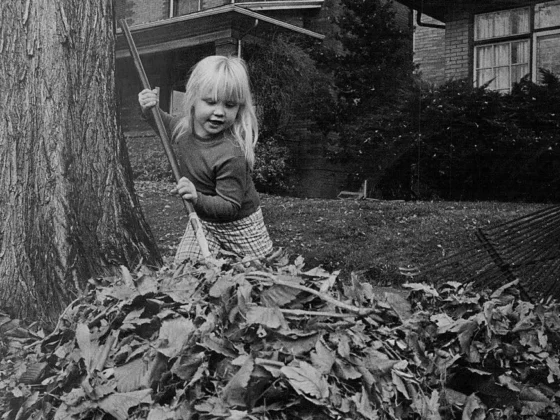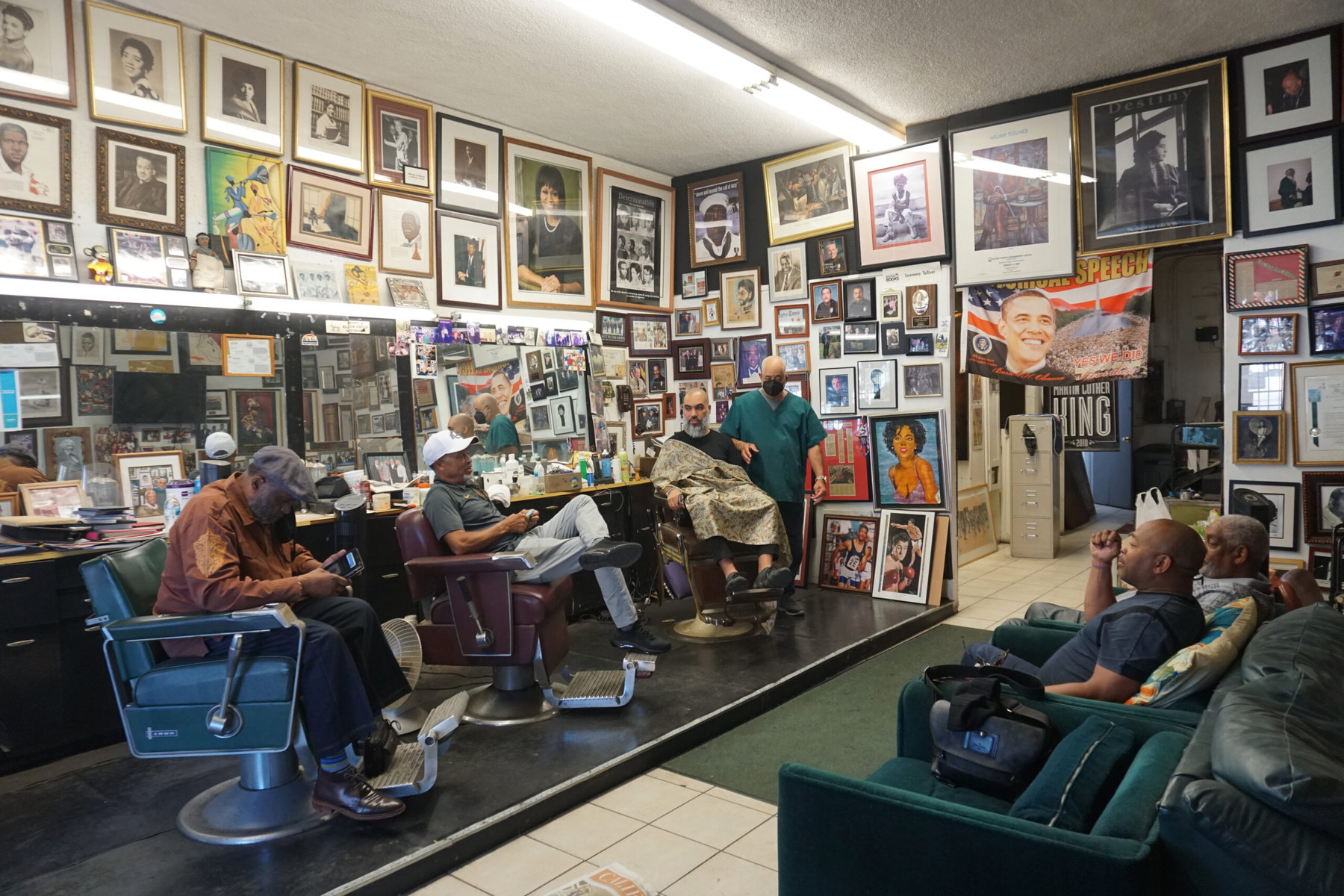One of my favorite features of our American Futures project is the occasional serendipity of crossing the path of some surprising, remarkable person. Like Jerrie Mock, the Columbus, Ohio, housewife who was the first woman to fly solo around the world in 1964, in her Cessna 180. Or abolitionist and suffragist Eliza Tibbets, who started the navel orange industry in Riverside, California, from two small seedlings that she nurtured from her dishpan water. Or Joe Max Higgins, the tougher-than-nails sheriff’s son from Arkansas, who brought $5 billion of new heavy industry to the Golden Triangle of Northeast Mississippi.
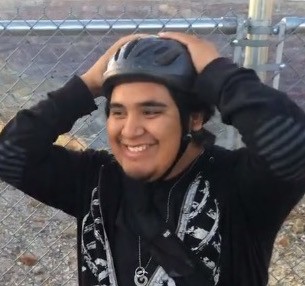
Now there is Bobby Q. Narcho, a Tohono O’odham tribal member, who grew up on the reservation, colloquially called “the res,” in Sells, Arizona, in the middle of the Sonoran Desert. Bobby took naturally to taking pictures and making music and spent a lot of his youth doing that. In what he calls his “breakout project” at the Tohono O’odham Community Action (TOCA), a group dedicated to the sustainability of the health and culture of the Tohono O’odham Nation, Bobby caught the eye of his teacher, a professional photographer. He was able to earn a few paychecks through his talent, and invested it in an iPhone.
With that iPhone, still his only tool, Bobby started making videos for Facebook and Instagram. “Back in the day,” this 24-year-old says, straight-faced, he would share his 15-second videos on Instagram.
Bobby moved to Ajo, about 70 miles from Sells, to be near his cousin, Victor Garcia, who is also an artist. Now, Bobby has five different jobs and seems to be connected with almost everything going on in Ajo, which isn’t that hard in a town of only 2,300 folks. One connection, Lily Williams at the Desert Senita Health Center, who oversees Bobby’s work at the Edible Ajo Schoolyard project (EASY), encouraged Bobby to join a digital storytelling workshop sponsored by the Center’s Plan4Health grant. The theme was biking, a popular new focus in Ajo, and health. Before I tell you the rest of the story, please—please!—watch Bobby’s three-minute video.
Bobby’s idea was to make a one-shoot short film about his personal story of health and biking, and one that is grounded in his Tohono O’odham traditions. The story of health, as he describes in the video, comes from the “signs of sickness in his people,” meaning diabetes, and from seeing signs of sickness in himself. (The 28,000 member Tohono O’odham tribe has the highest rate of adult-onset diabetes in the world: about 50 percent.)
The story of biking is Bobby’s decision to take his health into his own hands and start exercising. It’s grounded in the Tohono tradition of starting the day in a healthy and meaningful way, as his forefathers did, by “running east, toward the sunrise” (or in Bobby’s case, biking) and by burning sage as an offering of thanks to his creator.
Bobby used only his iPhone, as his wifi connections were too unstable to support the workshop’s video software. Bobby and his cousin Victor set out on their bikes; Victor shot the middle scenes of Bobby biking, and Bobby shot the slow scenes. Bobby also composed and produced all the music with GarageBand for the iPhone.
And how is Bobby’s healthy new focus for his life going so far? Fine, he said, until he got a flat tire. Now Bobby needs a new tube and tire. Until then, he told me, he’s getting by with walking, and healthy eating, and doing some home exercises.
Bobby managed to produce this video and music, from self-taught beginnings, with only an iPhone and a cousin. I am confident he can manage to get a new bike tire and get back on track to his health. Watch for this name: Bobby Q. Narcho.

